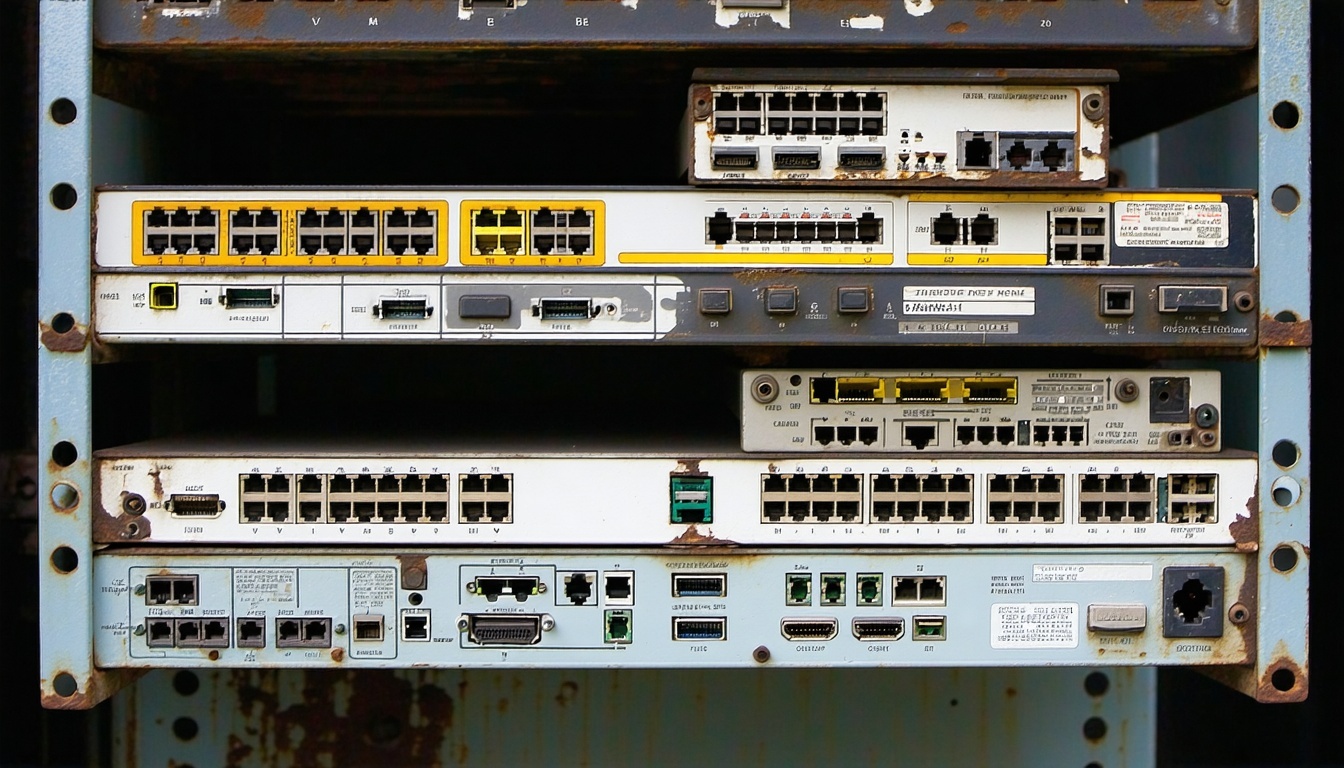
How to Conduct an Email Authentication Audit Before BIMI Implementation
Why an Email Authentication Audit Is Essential for BIMI
Before implementing BIMI (Brand Indicators for Message Identification), your domain must pass strict email authentication checks. BIMI relies on SPF, DKIM, and DMARC being correctly configured and enforced. Skipping a comprehensive audit can result in failed BIMI deployment, deliverability issues, and exposure to phishing risks.
Step 1 – Define the Audit Scope and Gather Information
- Identify all sending domains and email sources: List every platform, service, or tool that sends email on your behalf.
- Document current authentication records: Collect existing SPF, DKIM, and DMARC DNS records for each domain.
- Review access controls: Ensure only authorized personnel can modify DNS and email settings.
Step 2 – Check SPF, DKIM, and DMARC Records
- SPF: Verify your SPF record lists all legitimate sending IPs and services. Use online analysis tools to check for syntax errors and excessive DNS lookups.
- DKIM: Confirm DKIM is enabled for all senders and that public keys are correctly published in DNS. Send test emails and inspect headers for valid DKIM signatures.
- DMARC: Ensure a DMARC record exists and is set to “quarantine” or “reject”—a requirement for BIMI. Review DMARC reports for authentication failures and unauthorized senders.
Step 3 – Use Analysis Tools to Validate Authentication
- Run your domain through trusted authentication analysis tools: Use platforms like Google Postmaster Tools, MailTester, or SendForensics.
- Check for errors or misconfigurations: These tools will highlight missing or invalid records, alignment issues, and provide actionable recommendations.
- Monitor sender reputation and spam rates: High bounce or spam complaint rates can undermine BIMI readiness.
Step 4 – Address Vulnerabilities and Policy Gaps
- Resolve any authentication failures: Update SPF, DKIM, and DMARC records as needed.
- Remove obsolete or unauthorized senders: Clean up DNS records to prevent spoofing and phishing risks.
- Ensure alignment: The domain in your DKIM signature and SPF must match your “From” address for DMARC to pass.
Final Checks Before BIMI Implementation
- Test with BIMI readiness tools: Use BIMI-specific testers to confirm your authentication setup meets all requirements and preview how your logo will display.
- Monitor ongoing compliance: Set up regular audits and DMARC reporting to maintain BIMI eligibility and spot new issues quickly.
- Prepare your trademarked logo: BIMI requires a trademarked logo and, in many cases, a Verified Mark Certificate (VMC) before publishing your BIMI record.
Ready to audit your email authentication and unlock BIMI?
Explore our FAQ on Why DMARC Enforcement Is the Foundation of Successful BIMI Deployment for more on authentication best practices.
Authentication audit: The essential first step for BIMI-verify SPF, DKIM, and DMARC for every sending domain.
Use analysis tools: Online checkers and DMARC reports help catch errors before they impact deliverability or BIMI readiness.
Ongoing monitoring: Regular audits ensure your authentication stays strong and your brand remains protected.



